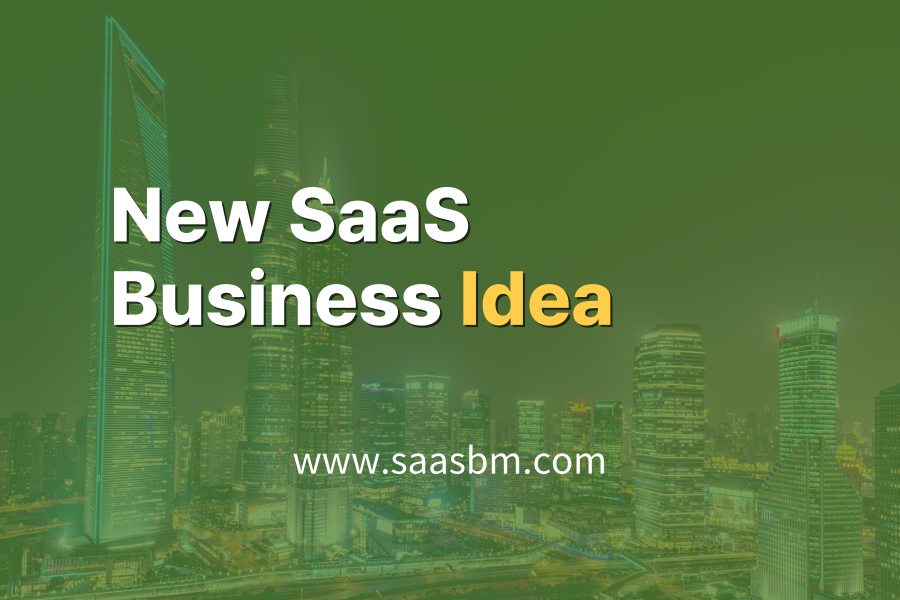Here are two new business ideas inspired by a benchmarked SaaS model.
We hope these ideas help you build a more compelling and competitive SaaS business model.
- Benchmark Report: Revolutionize Your Calendar: How OneCal’s Powerful Scheduling Automation Saves Hours Every Week
- Homepage: https://www.onecal.io
- Analysis Summary: OneCal.io streamlines meeting coordination with AI-powered scheduling automation, helping professionals save time and eliminate scheduling conflicts across multiple calendars.
-
New Service Idea: MeetingMind AI / EventSync
Derived from benchmarking insights and reimagined as two distinct SaaS opportunities.

[swpm_protected for=”3,4″ custom_msg=’This report is available to Growth and Harvest members. Log in to read.‘]
![]()
1st idea : MeetingMind AI
AI-powered healthcare appointment optimization platform that reduces patient wait times and maximizes provider utilization
Overview
MeetingMind AI leverages the scheduling automation capabilities similar to OneCal.io but specializes exclusively in the healthcare industry. The platform uses artificial intelligence to optimize patient scheduling, reduce no-shows, minimize wait times, and maximize healthcare provider utilization. By analyzing historical appointment data, patient demographics, procedure types, and provider specialties, MeetingMind AI creates dynamic scheduling algorithms that adapt to the unique workflow of each healthcare facility. The system automatically sends personalized reminders, manages cancellations and rebookings, coordinates between multiple providers for complex care, and integrates with existing electronic health record (EHR) systems. MeetingMind AI transforms healthcare scheduling from a logistics challenge into a strategic advantage that improves both patient satisfaction and operational efficiency.
![]()
Who is the target customer?
▶ Independent physician practices and specialty care providers
▶ Mental health and therapy practices with high volume scheduling needs
▶ Diagnostic and imaging centers requiring precise appointment timing
![]()
What is the core value proposition?
![]()
How does the business model work?
• Implementation Services: One-time setup and integration fees ($3,000-$25,000) that include custom workflow configuration, EHR integration, and staff training
• Premium Analytics Add-on: Additional subscription for advanced operational insights, patient flow analysis, and resource utilization optimization ($500-$2,000/month depending on organization size)
![]()
What makes this idea different?
![]()
How can the business be implemented?
- Develop core AI-powered scheduling platform using existing scheduling automation technologies while adding healthcare-specific features and compliance requirements
- Form strategic partnerships with 3-5 mid-sized healthcare organizations as beta customers, focusing on specialties with high scheduling volume (e.g., radiology, physical therapy)
- Build integration capabilities for major EHR systems (Epic, Cerner, Allscripts) to ensure seamless data flow between systems
- Refine the machine learning algorithms through initial deployments, gathering data on scheduling efficiencies, no-show reductions, and provider utilization improvements
- Launch full commercial product with tiered pricing structure, targeting regional healthcare systems first before expanding to national enterprise accounts
![]()
What are the potential challenges?
• Privacy and Compliance Requirements: Healthcare scheduling involves protected health information; address by building HIPAA compliance into the platform architecture from day one and obtaining necessary certifications (HITRUST, SOC 2)
• Resistance to Workflow Changes: Healthcare organizations often resist new technologies; overcome by creating a phased implementation approach with clear ROI measurements and provider champions at each deployment site

2nd idea : EventSync
All-in-one platform for coordinating hybrid events that seamlessly bridges virtual and in-person experiences
![]()
Overview
EventSync builds upon scheduling automation technology to create a comprehensive solution for the growing hybrid event market. This platform addresses the complex logistical challenges of coordinating events that combine in-person and virtual components. EventSync manages everything from scheduling speakers across different time zones to coordinating technical rehearsals, managing virtual breakout rooms alongside physical meeting spaces, and synchronizing content delivery across multiple channels. The platform creates a unified dashboard for event planners to visualize and manage all event components in real-time, while providing personalized agendas for each participant based on their attendance mode (virtual or in-person). EventSync’s intelligent scheduling algorithms optimize speaker availability, technical resource allocation, and participant engagement to ensure seamless experiences regardless of attendance method.
![]()
Who is the target customer?
▶ Professional event management companies handling multi-session conferences
▶ Educational institutions running hybrid learning programs and academic conferences
▶ Professional associations organizing industry conferences and certification programs
![]()
What is the core value proposition?
![]()
How does the business model work?
• Annual Enterprise Subscription: Corporate packages for organizations running multiple events yearly, with pricing based on total estimated event days and participant numbers ($30,000-$100,000 annually)
• Add-on Services: Premium features including virtual production support, specialized engagement tools, custom branding options, and advanced analytics packages ($1,000-$5,000 per event)
![]()
What makes this idea different?
![]()
How can the business be implemented?
- Develop the core scheduling automation engine that handles the complex dependencies of hybrid events, building on scheduling technology like that used by OneCal.io but adapted for multi-channel event coordination
- Create integration capabilities with major virtual meeting platforms (Zoom, Microsoft Teams, WebEx) and physical venue management systems
- Partner with 3-5 professional event management companies to beta test the platform with real-world hybrid events of varying complexity
- Develop a comprehensive analytics dashboard that provides unified insights across both physical and virtual event components
- Launch marketing campaign targeting corporate event departments and professional event planners, focusing on the platform’s ability to reduce coordination overhead and deliver consistent experiences
![]()
What are the potential challenges?
• Variable Event Requirements: Every event has unique needs and workflows; mitigate by creating a highly configurable platform with customizable templates and workflows while providing professional services support for complex implementations
• Market Education: The concept of unified hybrid event management is relatively new; overcome through targeted content marketing demonstrating clear ROI, case studies from beta customers, and educational webinars showcasing specific use cases and success metrics
[/swpm_protected]
